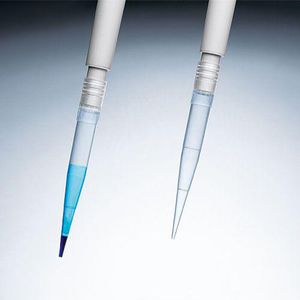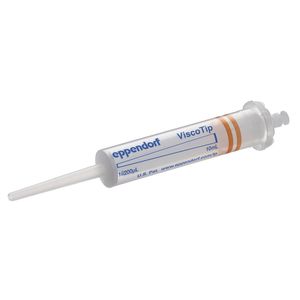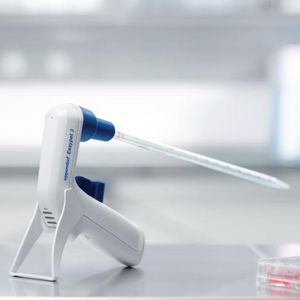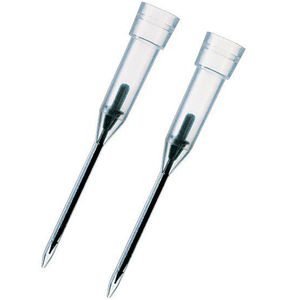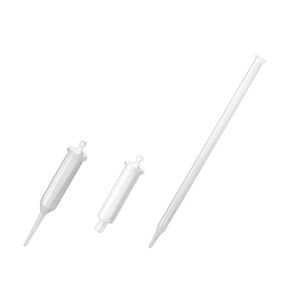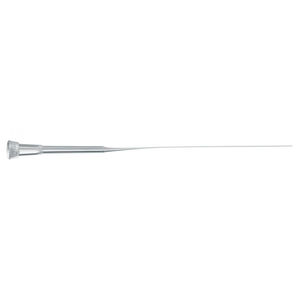
- Products
- Catalogs
- News & Trends
- Exhibitions
Pipette tip epT.I.P.S.® 384 series

Add to favorites
Compare this product
Description
epT.I.P.S. 384 with SOFTattach technology for 16 and 24-channel pipettes
For the first time, micropipette tips have elastic forming grooves. They allow the tips to stretch as much as necessary to enable a perfect seal while operating forces are reduced to a minimum. Your benefits of using this perfectly coordinated system of pipette and tip are outstanding and reliable tip fit and tightness combined with reduced tip attachment and ejection forces. It couldn't be easier to perfectly hit all 384 wells as the new micropipette tips have an extremely fine tip shape, and an extraordinary coaxiality which enables a perfect tip alignment.
epT.I.P.S. 384 pipette tips for 384-well plates are the latest addition to the premium Eppendorf epT.I.P.S.® family. Both are optimally coordinated to Eppendorf pipettes and, of course, meet EN ISO 8655 requirements. Optimal wetting properties, high transparency and special, certified purity grades are the visible expression of our product and production philosophy.
Tip spacing - epT.I.P.S.® 384 versus epT.I.P.S.®
You want to easily and quickly fill a 24, 96 or even 384-well microplate? With the lightweight Eppendorf Research plus or electronic Xplorer plus 8 and 12-channel pipettes for 96-well plates and Eppendorf pipette tips epT.I.P.S. you get a higher volume of precision work done. To meet the demands of even higher throughput and smaller sample volumes, Eppendorf recently launched new Research plus and Xplorer plus 16 and 24-channel pipettes as well as epT.I.P.S. 384 to even pipette into 384-well plates.
VIDEO
Catalogs
No catalogs are available for this product.
See all of Eppendorf SE‘s catalogsRelated Searches
- Laboratory shaker
- Eppendorf incubator
- Laboratory incubator
- Digital laboratory shaker
- Eppendorf laboratory freezer
- Eppendorf vertical centrifuge
- Eppendorf laboratory centrifuge
- Benchtop laboratory shaker
- Mechanical laboratory shaker
- Upright freezer
- Eppendorf natural convection incubator
- Vial
- Eppendorf storage freezer
- Eppendorf benchtop centrifuge
- Cooling incubator
- Storage box
- Eppendorf pipette
- Stainless steel blast freezer
- Eppendorf top-loading centrifuge
- Refrigerated incubator
*Prices are pre-tax. They exclude delivery charges and customs duties and do not include additional charges for installation or activation options. Prices are indicative only and may vary by country, with changes to the cost of raw materials and exchange rates.











